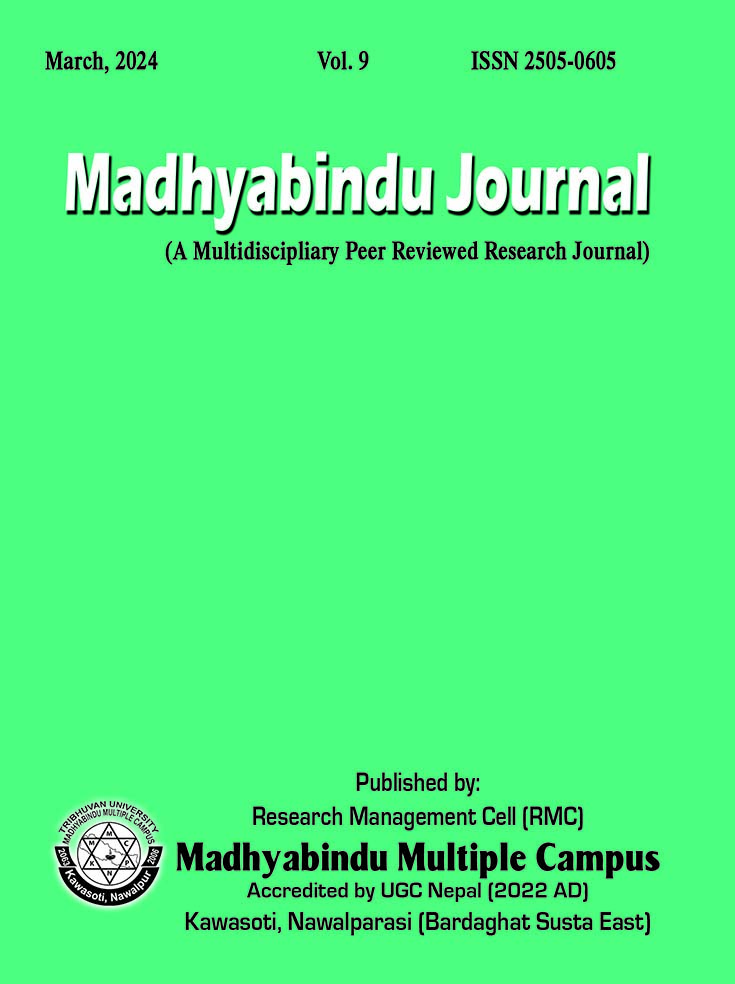Critical Discourse Analysis on Language and Power in Nepali Public ELT Classroom
DOI:
https://doi.org/10.3126/madhyabindu.v9i1.65382Keywords:
Critical discourse analysis, power, language, learning attitude, speech artsAbstract
The study focuses on how teachers use language and power to share knowledge, specifically concerning the power language used in Nepali ELT classrooms. The study's primary goals are to analyze language power as it reveals itself in speech acts and examine how teachers' use of language power affects students' attitudes toward learning. The primary source of data for this study was the teaching activities carried out in the district of Nawalparasi, Nepal. Depending on attributes including gender, job position, and length of service, four public school teachers—two male and two female—were chosen. Using a qualitative ethnographic study approach, the teacher and students' interactions and language use are examined. The data is further evaluated using Norman Fairclough's critical discourse analysis, which comprises description, interpretation, and explanation. The findings suggest that teachers are imposing speech act forms on their students and that this power may have an impact on how they feel about learning. However, students are also motivated and become more engaged in class when teachers express their pleasure in speech act forms. Therefore, teachers should incorporate humanistic teaching into their teaching and learning activities, taking into account the potential problems of using language in an ELT classroom.
Downloads
Downloads
Published
How to Cite
Issue
Section
License
© Madhyabindu Journal
The work is simultaneously licensed under a policy and procedure of Madhyabindu Journal, which permits others to distribute the work with an acknowledgement of the work's authorship and initial publication in this journal. With an acknowledgement of its original publication in this journal, authors can enter into separate, extra contractual arrangements for the non-exclusive dissemination of the journal's published version of the work (e.g., posting it to an institutional repository or publishing it in a book).




